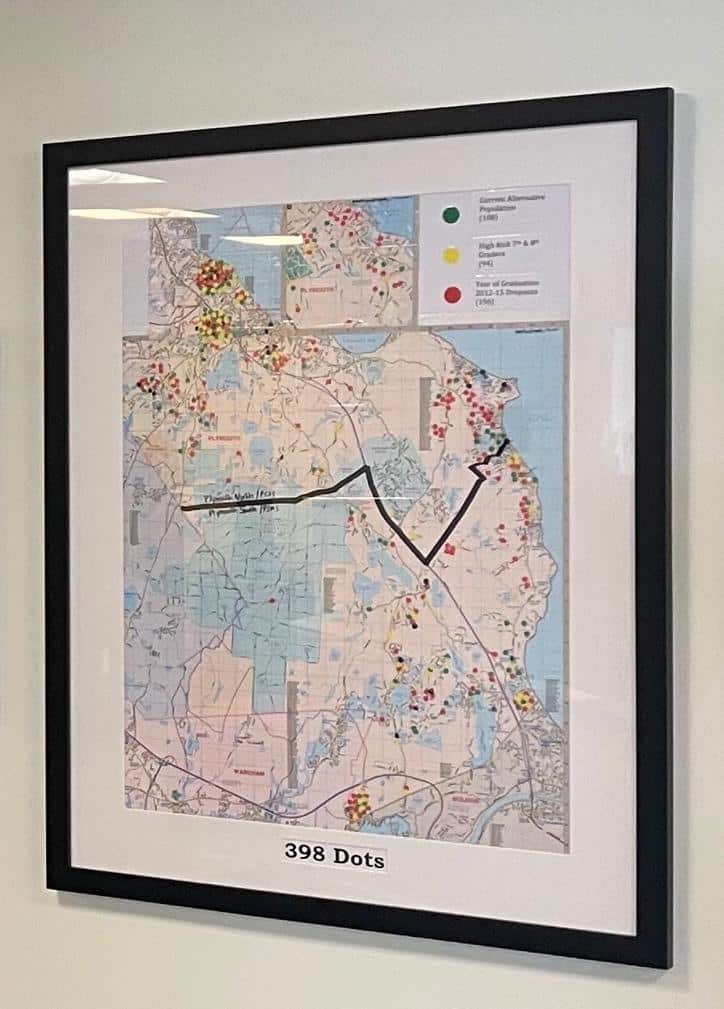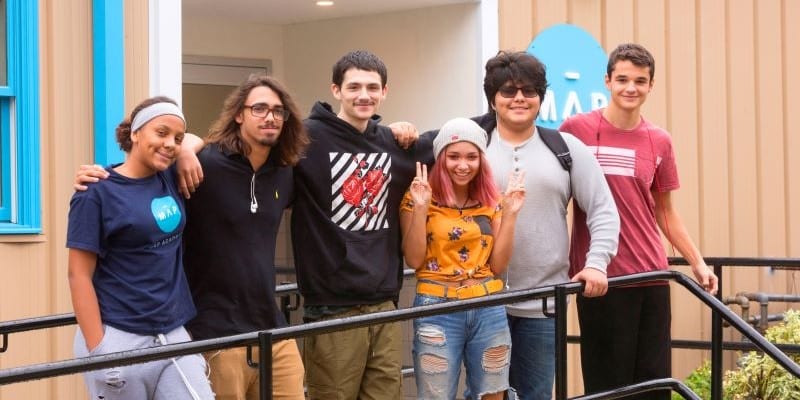The fact that students’ life circumstances differ isn’t new, but COVID-19 exacerbated many of the inequities caused by these differences. During this year of remote and hybrid instruction, some students thrived with more flexible school arrangements, while others languished without the support they were accustomed to getting at school. Some students had the technology and support they needed at home to keep learning without losing a beat, while learning stalled for students who lacked adequate technology access or who didn’t have someone available at home to make sure they were logging into class and getting their school work done.
As we look to a post-COVID future, some of these issues will be corrected by the return of in-person instruction. But others remain with us even as schools go back to operating as usual. Differences in student learning growth will be wider than ever before, and differences in students’ circumstances will still affect their learning outcomes. In the face of these challenges, might there be a way to design school differently so as to better support all students?
Nearly a decade ago, Rachel Babcock and Josh Charpentier led the alternative education program for Plymouth Public Schools in Massachusetts. Their charge was clear: make sure students who struggled to succeed in the district’s conventional high schools did not slip through the cracks.
To visualize the scope of their work, Babcock and Charpentier posted a map of their district on a wall in their office and placed a dot at the home address of every student who: 1) identified as at risk of dropping out according to the Massachusetts Early Warning Indicator System, 2) was already enrolled in an alternative education program, or 3) had dropped out of the system. By the time they were done, the map had 398 dots—each representing a real student who had struggled to conform to the rigid norms of the existing system.

That map was a revelation to the pair. In spite of their passion and dedication—and that of many colleagues—the system was still failing an inordinate number of Plymouth’s students. Of the 398 dots, approximately half represented students who had already dropped out. Another quarter were enrolled in alternative programs that might help them clear the minimum bar to a diploma, but were not well-equipped to set them up for postsecondary success. They had been following the conventional playbook for supporting at-risk students: enhancing the curriculum, improving staff development, and revising student discipline policies. But those efforts weren’t working.
For many students, conforming to the system just wasn’t compatible with their life circumstances. As Babcock explained, “Whether it’s being off track because you don’t have anywhere to live, or because you’re working 50 or 60 hours a week to support yourself and your family, or because you have a child of your own, or because you have mental health or substance abuse issues, or you have crazy anxiety every time you set foot in school, or you have a history of trauma. . . . When those things happen, you can only go so long sticking Band-Aids on. You have to actually push pause and say, ‘What are we doing here?’ and put the kid at the center of the decision-making, which [is] really hard to do in a district where they’re always trying to apply the same policies to every student.”
Babcock and Charpentier realized that if they really wanted to change the trajectory of students on the margins, they needed a new approach that rethought nearly all the assumptions of conventional schooling. After studying the problem and visiting nontraditional schools across the country, they envisioned a school that would be competency-based, asynchronous, and blended.
This instructional model would, in turn, enable teachers to adapt the mode and timing of instruction to students’ needs and dedicate more of their attention to building supportive relationships with each of their students. As Charpentier explained, “We know that life is going to get in the way for some of our students. So instead of trying to fight against that, we created a system that allows for that to happen.” Born from that vision, Map Academy—named after the map on Babcock and Charpentier’s wall—opened its doors to students in fall 2018. Now, as Map Academy rounds out its third year of operation, emerging from the storms of a global pandemic, its model is proving what a path to success can look like for students who often slip through the cracks.
To learn more about Map Academy, check out the report on their program in the Think Forward New England project, produced by the Center for Reinventing Public Education (CRPE).



